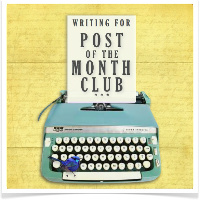For me, no museum visit is complete without a stop at the bookshop. Amsterdam’s museums have terrific ones, and the ever business-savvy Dutch have cleverly ensured that at the major museums (the Van Gogh, Rijksmuseum and Stedelijk), visitors can access the bookshops without having to buy a ticket to the museum itself.
Our family trip to the Stedelijk ended, naturally, with a visit to the museum’s stunning shop.
Not only does it look like a really nice place to just sit and browse art books…
but it also has a great little selection of design gifts and goodies. I had my “mommy glasses” on (the parental equivalent of beer goggles) and zeroed in immediately on the children’s section, which has design-y books in English, Dutch and—my personal favorite—children’s books that can be read in any language.
This is how I found Tala’s first alphabet: a pop-up book called ABC3D by Parisian graphic designer Marion Bataille.
The holographic cover alone promises something different. This isn’t your ordinary alphabet!
I love pop-up books for the sense of fun and surprise they bring to reading, and ABC3D combines those elements with some seriously cool type design. I looked for our family’s initials and took a few shots to show you.






































































